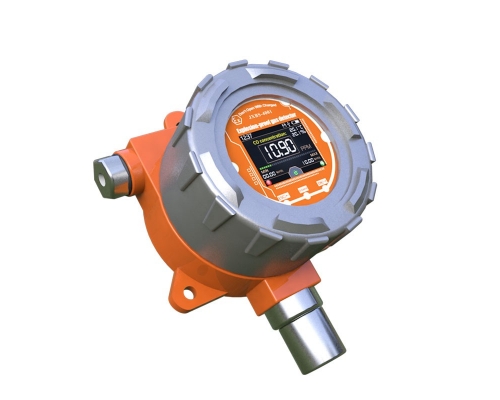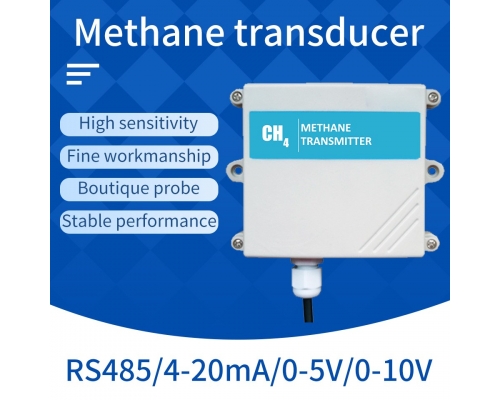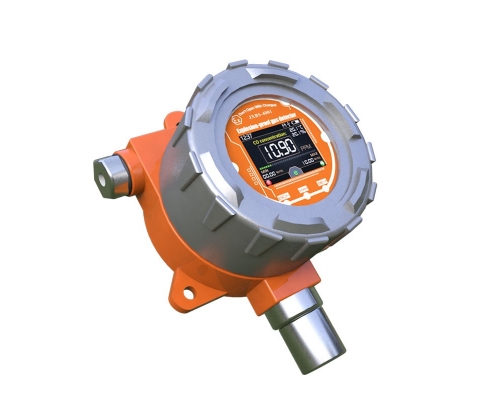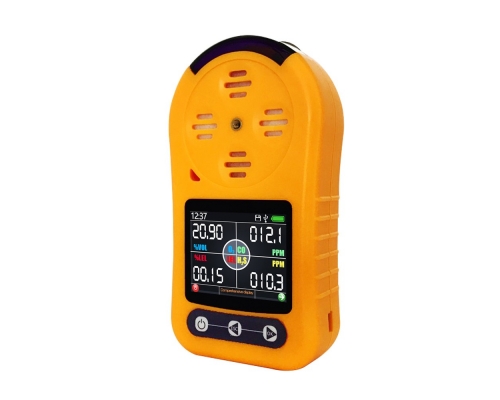
Methane Sensor Technology Revolutionizes Environmental Monitoring
The development of methane sensor technology has led to an increased ability to detect and measure methane emissions accurately.

The development of methane sensor technology has led to an increased ability to detect and measure methane emissions accurately.
In recent years, environmental issues have become increasingly important on a global scale. Governments and businesses have recognized the importance of protecting the environment and implementing sustainable practices. One of the most critical environmental concerns is reducing greenhouse gas emissions and mitigating climate change. Methane, a potent greenhouse gas, is a significant contributor to global warming. To address this concern, innovative methane sensor technology has emerged as a game-changer in environmental monitoring.
The development of methane sensor technology has led to an increased ability to detect and measure methane emissions accurately. This technology provides a more efficient and reliable method for monitoring methane, which can be used in various industries and sectors. The use of methane sensors plays a vital role in reducing greenhouse gas emissions and mitigating climate change.

Methane sensor technology has undergone significant advances in recent years. In the past, methane detection relied heavily on manual measurements, which were often time-consuming and labor-intensive. With the development of methane sensor technology, detecting and monitoring methane has become more efficient and accurate. Methane sensors can detect methane levels in real-time, enabling immediate response to any potential leaks or emissions.
One of the key advancements in methane sensor technology is the miniaturization of sensors. Miniature methane sensors are small enough to be integrated into mobile devices such as smartphones, tablets, and even drones. This advancement has made it possible to monitor methane emissions over a more extensive area and in remote locations. Miniature methane sensors also enable regular monitoring, providing ongoing data that can be used to identify trends and patterns in methane emissions.
Another notable advancement in methane sensor technology is the integration of Artificial Intelligence (AI) and Internet of Things (IoT) technology. AI algorithms can analyze methane sensor data in real-time, identifying anomalies that may indicate a potential leak or emission. IoT technology enables the seamless integration of multiple sensors and data points, providing a comprehensive view of methane emissions across a network of sensors.

The applications of methane gas sensors are numerous and varied, with many industries and sectors benefitting from their use. One of the most critical industries that benefit from methane sensors is the oil and gas industry. The oil and gas industry is a significant contributor to methane emissions, and mitigating these emissions is crucial in reducing overall greenhouse gas emissions. Methane sensors are used in the oil and gas industry to detect leaks and emissions from wells, pipelines, storage tanks, and other equipment.
The agricultural sector is another industry that has benefited from the use of methane sensors. Livestock farming produces significant amounts of methane emissions, primarily through animal digestion and manure management. Methane sensors are used in livestock facilities to monitor methane levels and identify areas where emissions can be reduced.
Methane sensors are also used in waste management facilities to monitor methane emissions from landfills. Landfills are a significant source of methane emissions, as decomposing organic waste produces methane gas. Methane sensors can detect methane emissions from landfills and enable the implementation of mitigation strategies to reduce emissions.

Methane sensor technology has revolutionized environmental monitoring and played a crucial role in mitigating climate change. The development of miniature methane sensors and the integration of AI and IoT technology have made it possible to detect and monitor methane emissions more efficiently and accurately. Methane sensors have numerous applications across various industries and sectors, including the oil and gas industry, livestock farming, and waste management facilities. As the need for greenhouse gas reduction becomes increasingly critical, the use of methane sensors will continue to expand, providing invaluable information that can be used to implement effective mitigation strategies.